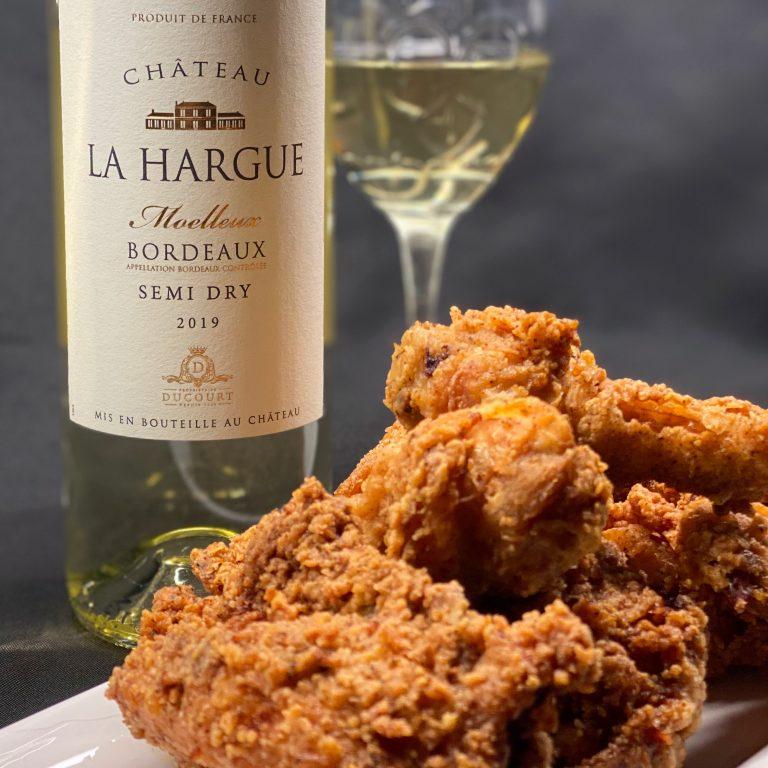A Culinary Journey through Cajun and Creole Delights: A Taste of Louisiana's Rich Culinary Heritage
Rosalia Mamhlakoana Moliko![]() Invalid date
4 minutes, 42 seconds
Invalid date
4 minutes, 42 seconds
630 views 3 Likes
Introduction: Louisiana, the land of bayous, vibrant music, and Mardi Gras, is also home to a culinary tapestry woven with rich and diverse flavors. At the heart of this delectable cuisine are two distinct culinary traditions: Cajun and Creole cooking. These two styles, though rooted in Louisiana's history, showcase unique influences and ingredients that make them stand out in the world of gastronomy.
Cajun Cooking:
Cajun cuisine, born out of the Acadian diaspora, brings hearty and flavorful dishes to the table. The Cajuns, French-speaking Acadians expelled from Canada in the 18th century, settled in the swamps and bayous of Louisiana. Their cuisine reflects the resourcefulness of these resilient people, utilizing locally available ingredients and blending French, Spanish, and African culinary influences.
-
The Holy Trinity: At the core of Cajun cooking lies the holy trinity—onions, bell peppers, and celery. This aromatic trio forms the base of many dishes, imparting a depth of flavor that is characteristic of Cajun cuisine.
-
Spices and Heat: Cajun dishes are renowned for their bold and spicy flavors. A medley of spices such as paprika, cayenne pepper, thyme, and bay leaves adds complexity to dishes like gumbo, jambalaya, and étouffée.
-
Seafood Extravaganza: Given Louisiana's proximity to the Gulf of Mexico, seafood plays a prominent role in Cajun cooking. Crawfish, shrimp, oysters, and catfish are staples in dishes that showcase the abundance of the region's waterways.
Creole Cooking:
On the other hand, Creole cooking originated in New Orleans and is characterized by its more refined and aristocratic flair. Influenced by French, Spanish, African, and Caribbean cuisines, Creole dishes often feature a diverse array of flavors, textures, and presentations.
-
Roux Mastery: Creole cuisine is known for its skilled use of roux—a mixture of flour and fat that serves as a thickening agent. The dark roux, achieved through slow cooking, adds a nutty flavor and deep color to dishes like gumbo and étouffée.
-
Tomatoes and Okra: Creole dishes often incorporate tomatoes and okra, providing a unique twist to the flavor profile. These ingredients, along with the holy trinity, contribute to the characteristic taste of Creole cuisine.
-
Influences from Around the World: Creole cooking's diverse roots are evident in dishes like shrimp remoulade, crawfish étouffée, and bananas Foster. The use of exotic spices, tropical fruits, and a variety of proteins showcases the international influences that have shaped Creole cuisine over the centuries.
Common Ground:
While Cajun and Creole cooking have distinct characteristics, there is an overlap that showcases the fusion of these two culinary worlds. Gumbo, for instance, is a dish that blends both traditions, featuring the rich, dark roux of Creole cuisine alongside the robust flavors and seafood abundance of Cajun cooking.
Conclusion:
Exploring the culinary landscapes of Cajun and Creole cooking is a delightful journey through Louisiana's history and culture. Whether you're savoring the hearty, rustic flavors of Cajun dishes or indulging in the sophisticated elegance of Creole cuisine, one thing is certain—you're in for a culinary experience that's as diverse and vibrant as the people and landscapes of Louisiana. So, grab a seat at the table, let the jazz play in the background, and prepare your taste buds for a journey through the soulful and flavorful world of Cajun and Creole delights.
Image source:https://thecorkscrewconcierge.com/2020/11/golden-bordeaux-cajun-creole-cuisine/

